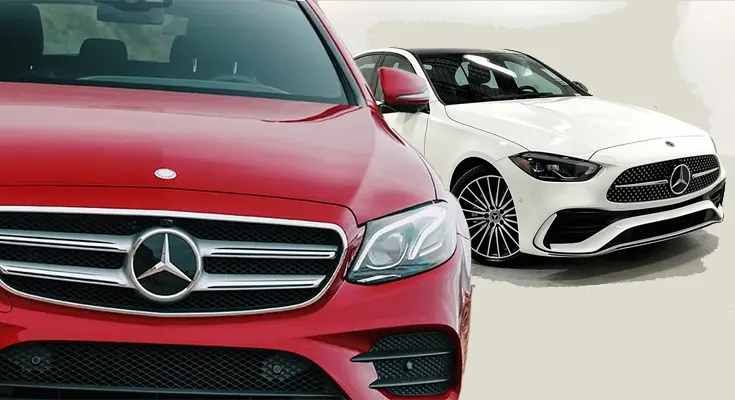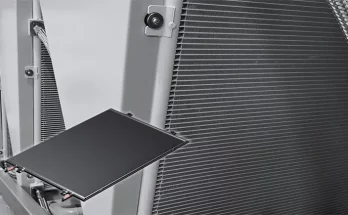Owning a Mercedes C Class is something many people dream of, with its luxurious design, advanced technology and top performance, it’s easy to see why. However, navigating the financing options can be daunting. From leasing to financing, there are various paths to consider, each with its advantages and drawbacks. In this guide, we’ll explore the different financing options available for the Mercedes C-Class to help you make an informed decision.
1. Financing
Mercedes C Class Finance involves taking out a loan to purchase the vehicle. With this option, you’ll typically make a down payment, followed by monthly payments over a set period. One advantage of financing is that once you’ve paid off the loan, you can have the option to own the car outright. additionally, you have the freedom to customise the vehicle and drive it as much as you like without worrying about mileage restrictions.
However, it’s essential to consider factors such as interest rates, loan terms and monthly payments. While financing allows you to spread out the cost of the car over time, you’ll end up paying more interest compared to buying the car outright. It’s crucial to shop around for the best financing deals and negotiate terms that work for your budget.
2. Leasing
Leasing is another popular option for acquiring a Mercedes C-Class. With a lease, you essentially pay for the depreciation of the vehicle over a set period, typically two to three years. Monthly lease payments are generally lower than loan payments since you’re only paying for the portion of the car’s value you use during the lease term.
Leasing offers several advantages, including lower monthly payments, the ability to drive a new car every few years, and potential tax benefits for business owners. Additionally, lease terms often include warranty coverage, so you won’t have to worry about expensive repairs.
However, leasing also has its drawbacks. You’ll have mileage restrictions, typically between 10,000 to 15,000 miles per year, and you’ll be responsible for any excess wear and tear on the vehicle. Additionally, you don’t own the car at the end of the lease term, so you’ll need to either return it or purchase it at the pre-determined residual value.
3. Certified Pre-Owned (CPO) Financing:
For those looking to save money while still enjoying the benefits of owning a Mercedes C-Class certified pre-owned (CPO) financing is worth considering. CPO vehicles undergo a rigorous inspection and reconditioning process, ensuring they meet manufacturer standards for quality and reliability.
CPO financing often comes with lower interest rates and extended warranty coverage compared to traditional used car financing. Additionally, CPO vehicles may be eligible for special financing offers and incentives from the manufacturer.
Conclusion:
When it comes to financing a Mercedes C-Class, there’s no one-size-fits-all solution. It’s essential to weigh the pros and cons of each option based on your budget, driving habits and long-term goals. No matter what options you choose, the key is to always do your research and choose a reputable broker, such as Streamline Car Finance, to ensure you make the right choice.





